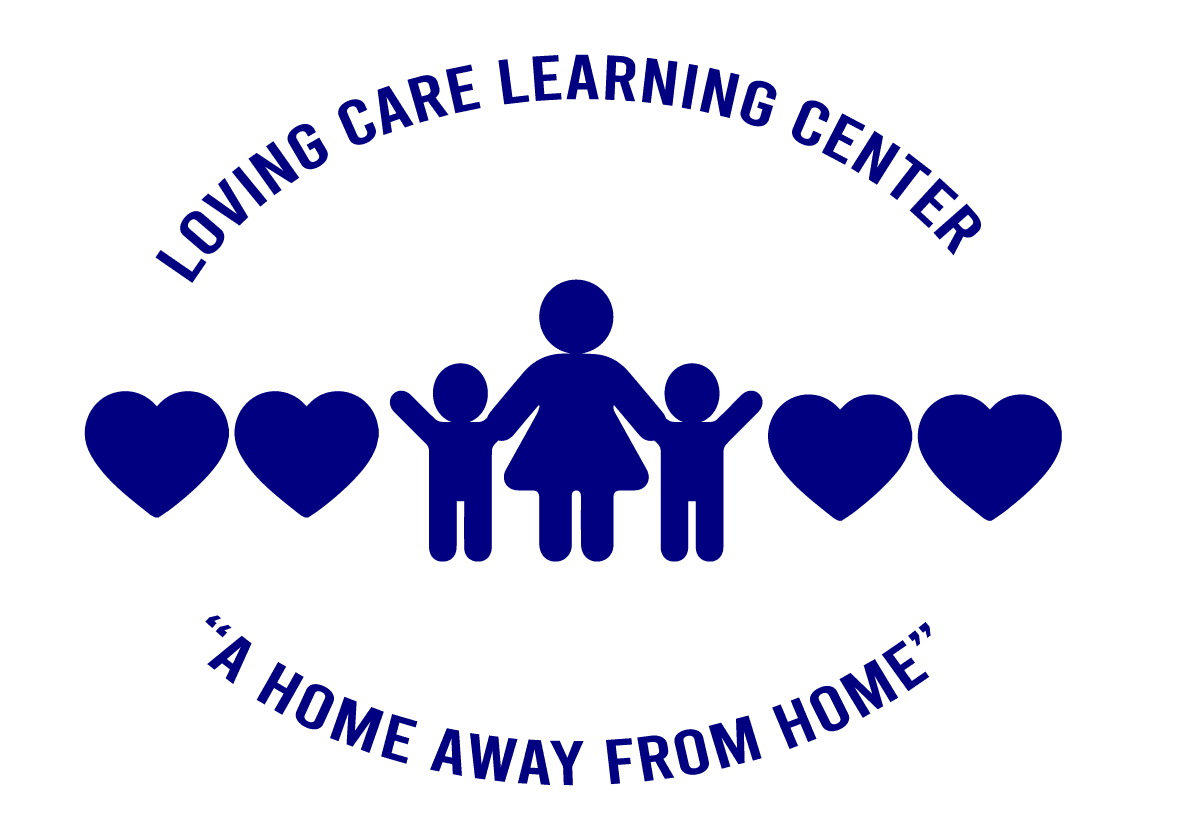Ensuring Sweet Dreams: Infant Sleep Safety and Child Care Licensing Requirements

Posted on October 2nd, 2023
As parents, the safety and well-being of our little ones are paramount, especially when it comes to their sleep routines. Choosing a child care facility that prioritizes infant sleep safety is of utmost importance. In this blog, we'll explore the essential aspects of infant sleep safety and how child care licensing requirements play a crucial role in setting standards for the well-being of our precious babies.
The ABCs of Infant Sleep Safety:
1. Alone:
- Infants should always be placed to sleep alone in their cribs. Sharing a sleep surface with other children or adults increases the risk of accidental suffocation or overheating.
2. Back:
- The "Back to Sleep" guideline emphasizes that infants should be placed on their backs to sleep. This reduces the risk of sudden infant death syndrome (SIDS).
3. Crib:
- Ensure that the crib meets safety standards, with slats no more than 2.5 inches apart. Avoid using crib bumpers, pillows, blankets, or toys, as they can pose suffocation hazards.
Child Care Licensing Requirements and Infant Sleep Safety:
1. Crib Standards:
- Licensing requirements dictate precise crib standards to ensure that infants have a safe and secure sleeping environment. This includes mattress firmness, crib spacing, and absence of hazards.
2. Staff Training:
- Caregivers in licensed childcare facilities undergo specialized training in infant care, including sleep safety. This equips them with the knowledge to create a safe sleep environment for each infant.
3. Sleep Supervision:
- Licensing requirements mandate that infants be visually checked every 15-30 minutes while sleeping. This regular monitoring ensures their well-being and adherence to safe sleep practices.
4. Sleep Positioning:
- Child care providers are required to follow "Back to Sleep" guidelines, placing infants on their backs for naps and nighttime sleep.
5. Prohibited Sleep Practices:
- Licensing regulations expressly prohibit practices like using blankets, pillows, or soft bedding in cribs to eliminate suffocation hazards.
Limitations in the Infant Room:
Child Care licensing requirements provide essential limitations in the infant room to safeguard sleep safety. While these limitations may seem stringent, they are designed with the utmost care and expertise to protect the vulnerable infants in their care. By adhering to these requirements, childcare facilities create an environment where infants can sleep soundly, free from unnecessary risks.
Conclusion
Selecting a childcare facility that prioritizes infant sleep safety is a decision that reflects a parent's commitment to their child's well-being. By understanding and appreciating the role of childcare licensing requirements in establishing sleep safety standards, parents can rest assured that their infants are in capable and caring hands, where sweet dreams can flourish without compromise.
Contact
Let's Connect - Your Child's Journey Begins Here!
Have questions or ready to embark on a journey of holistic growth for your child? Feel free to reach out using the contact form below. We're here to answer your inquiries, provide information about our programs, and help you take the first step towards becoming a part of the Loving Care Learning Center community. Your child's future starts here.

